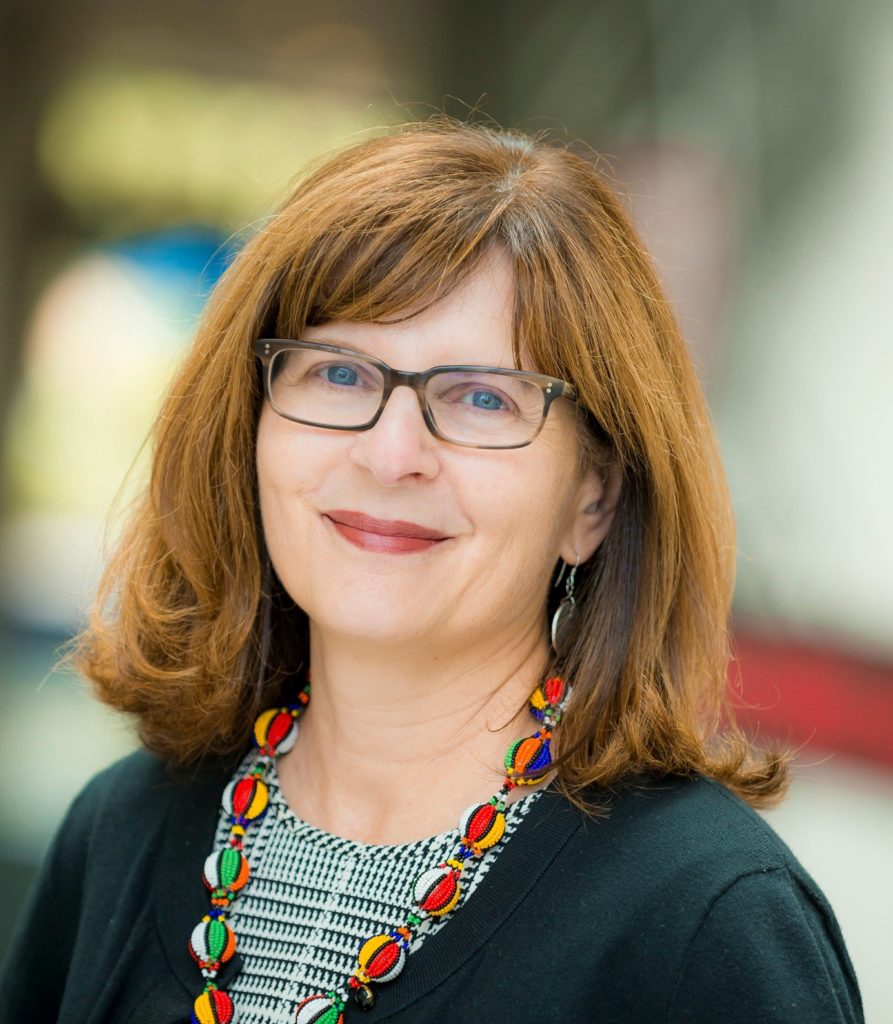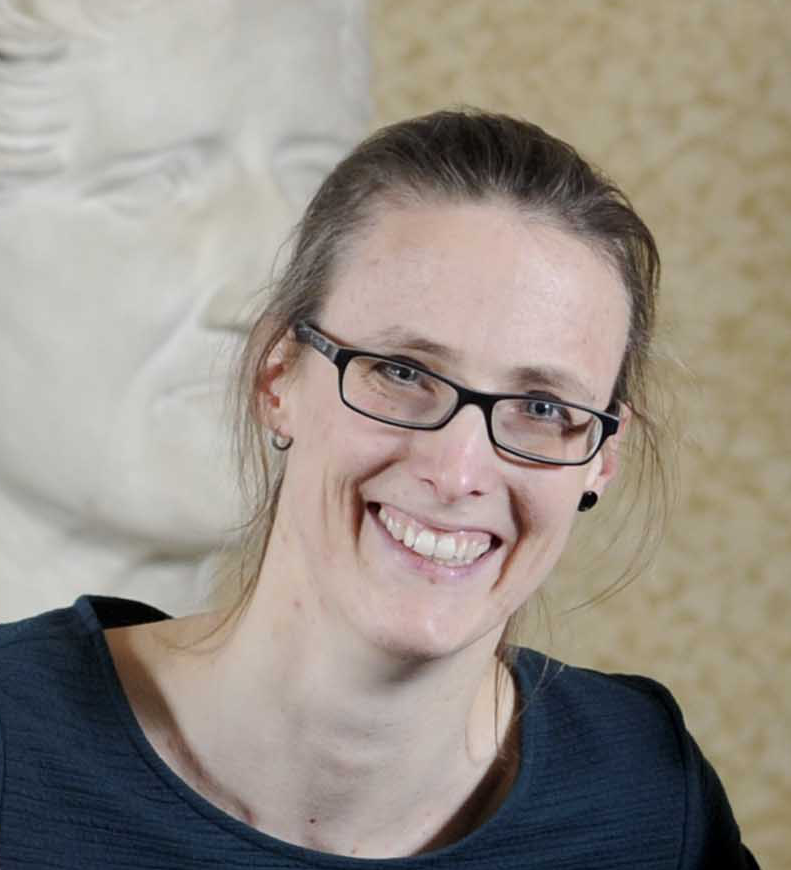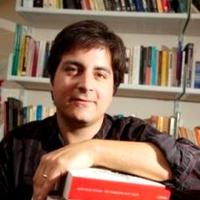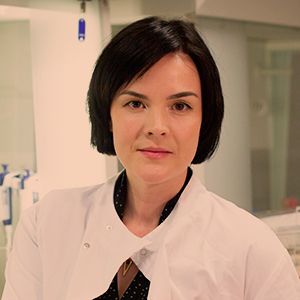Carol Padden

Carol Padden studies structural properties of large national sign languages and newly emerging sign languages including in a community of Bedouins in southern Israel. Her work explores how language emerges and becomes a community sign language as it is transmitted across generations. Her larger goal is to understand the multimodal basis of human communication, and the range of expressive forms in languages around the world, from spoken languages to gesture to sign languages.
Professor of Communication,
Center for Research in Language, Human Development, Education Studies
Department of Communication
UC San Diego
Marieke Schouwstra

Marieke Schouwstra studies the emergence of linguistic structure by conducting laboratory experiments in which participants develop artificial sign languages from scratch. She focuses on the role of semantic properties in improvisation, interaction, and iterated learning, and compares her laboratory results to real world data by looking at observations from old and new sign languages.
Postdoctoral Researcher
Centre for Language Evolution
School of Philosophy, Psychology and Language Sciences
University of Edinburgh
Jamie Tehrani

Jamie Tehrani is an anthropologist whose work focuses on the transmission and evolution of cultural traditions. He is especially interested in understanding how and why certain narratives – such as myths, fairy tales and urban legends – spread within and between populations, and get passed down from generation to generation. His research into these questions uses data from the international folklore record, human population genetics and historical linguistics, and a variety of methodologies, including iterated learning experiments and comparative phylogenetic analysis.
Associate professor
Behaviour, Ecology and Evolution Research (BEER) Centre
Centre for the Coevolution of Biology and Culture
Department of Anthropology
Durham University
Sonja Vernes

Sonja Vernes investigates vocal learning in bats to understand the biology and evolution of this trait using cross-disciplinary approaches spanning genetics and genomics, neurobiology, and behaviour. She places these findings in a comparative context to shed light on the shared properties of mammalian vocal learning and ultimately, human speech and language.
Max Planck Research Group Leader
Neurogenetics of Vocal Communication Group
Max Planck Institute for Psycholinguistics, Nijmegen
Affiliated Principal Investigator
Donders Institute for Brain, Cognition and Behaviour
Founding Director, Bat1K genome project
www.bat1k.com